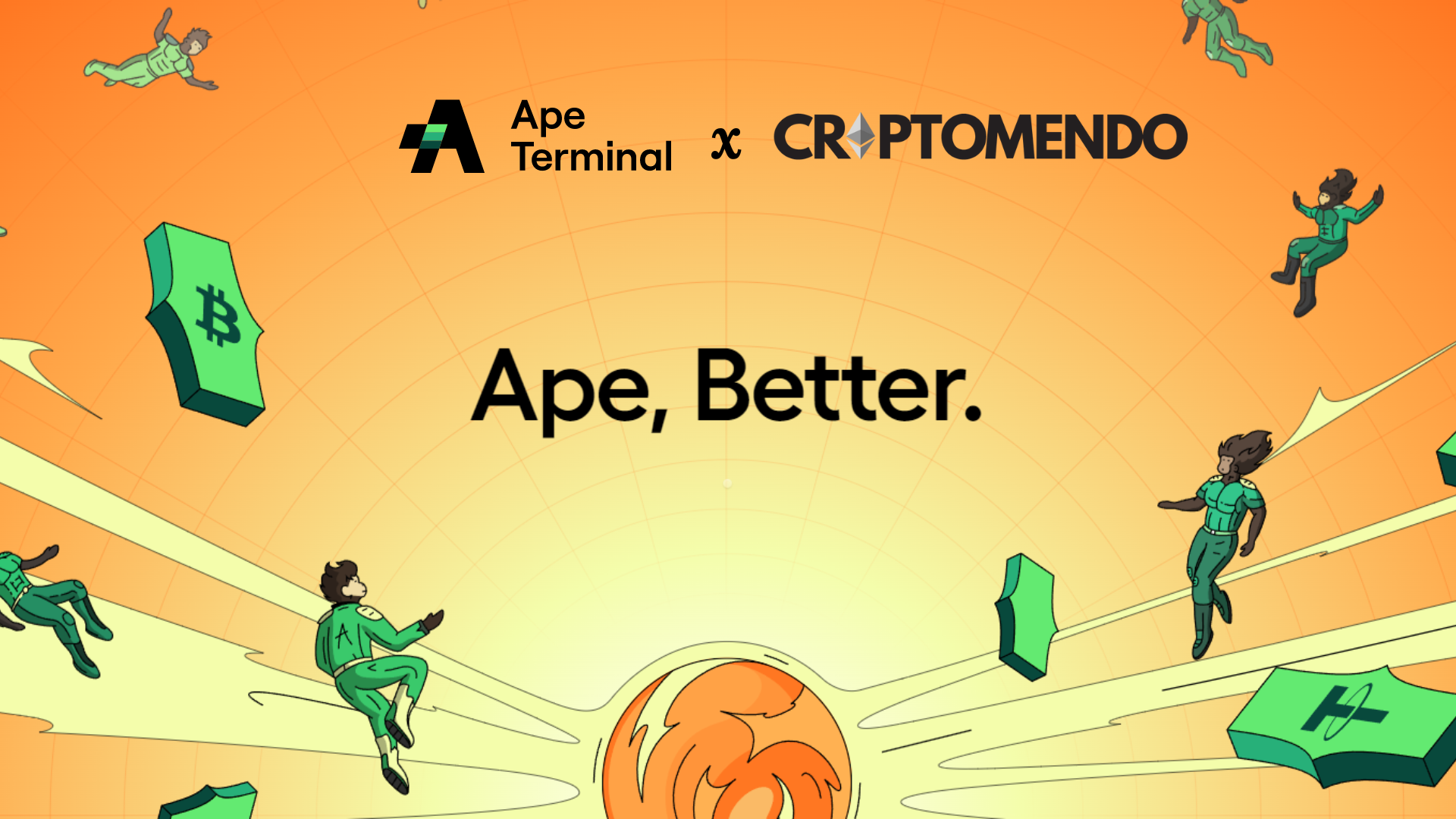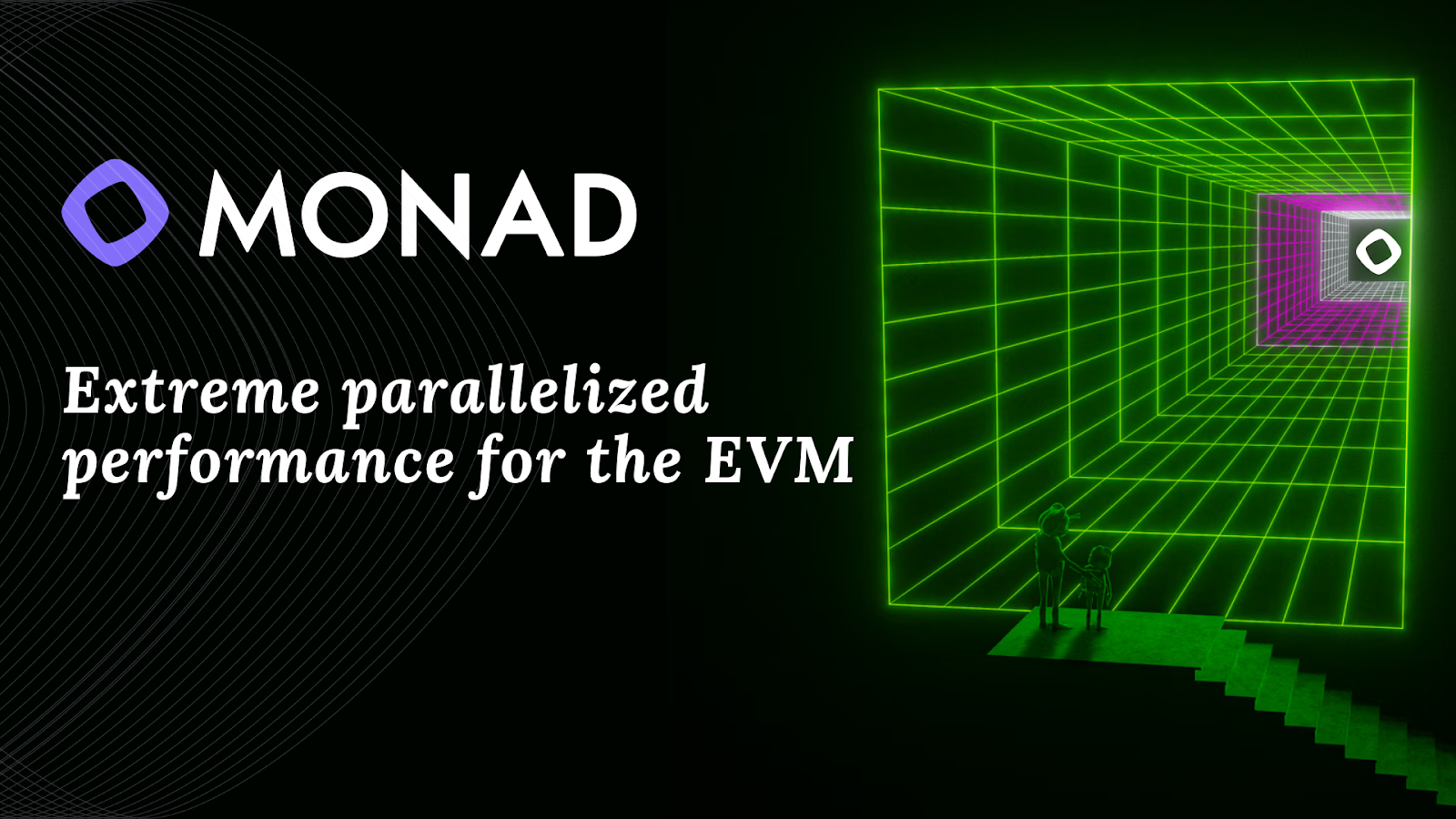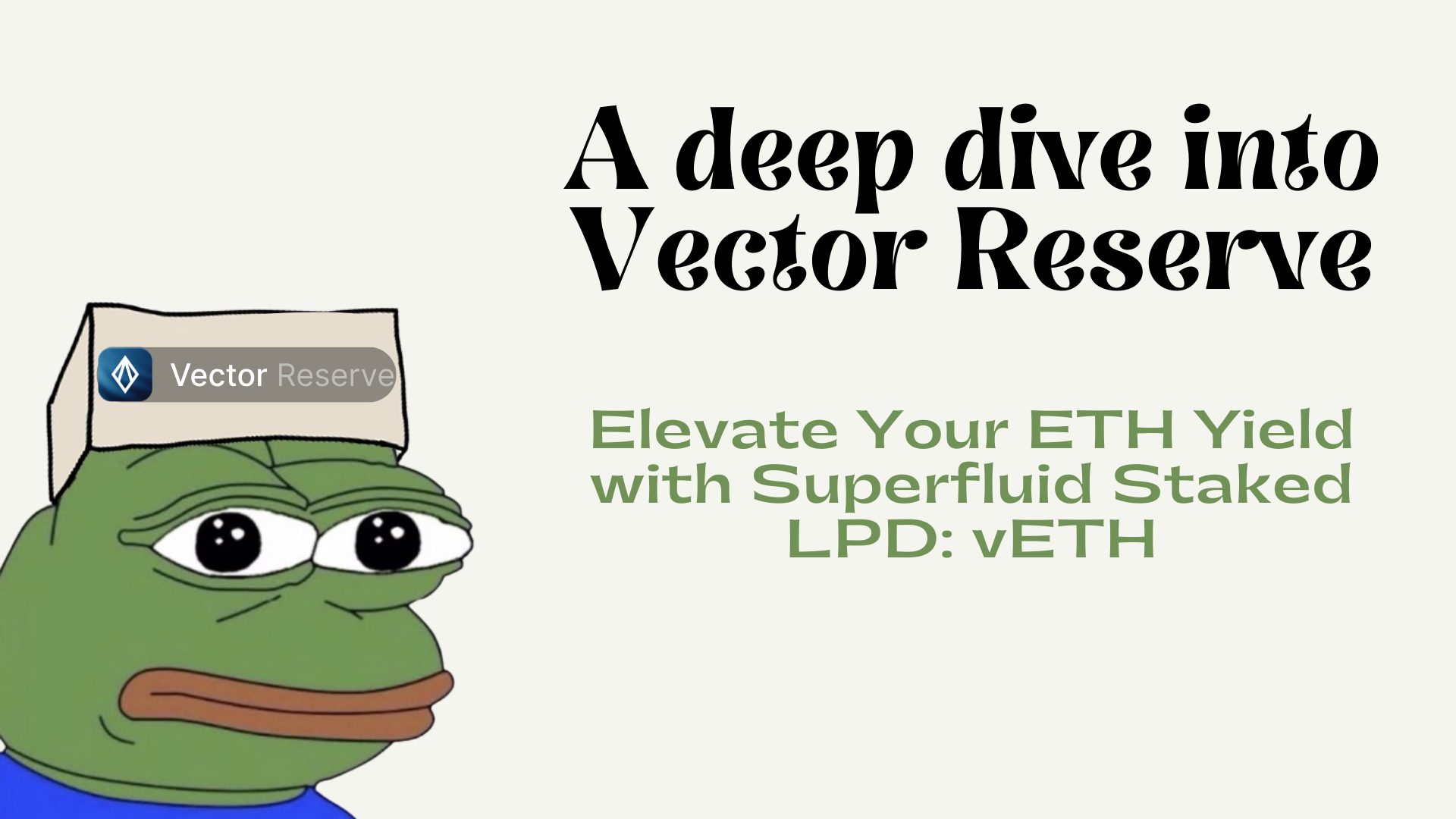COTI is an enterprise grade, regulation ready layer 1 aiming to disrupt the 40 billion dollar payment processing industry. COTI is a project that could net massive returns in the future, if given enough time. Let’s dive into their tech and what sets them apart.
COTI and Trustchain
In this project research article we’re looking at COTI, which is known as the “currency of the internet”. As a layer 1 blockchain, they run their own proprietary consensus mechanism called Trustchain. Trustchain is the consensus algorithm COTI uses, the base structure for its system and products.
Compared to traditional blockchains, it does not rely on a single consensus mechanism to validate transactions but rather has a combination of three different consensus mechanisms, which are: Proof-of-Work (PoW), Proof-of-Stake (PoS), and Proof-of-Trust (PoT). PoT combines the multiple directed acyclic graphs (DAG) or MultiDAG data structure with PoW to determine the trustworthiness of the participants in the network and decrease transaction costs.
COTI is built with a DAG-based structure which is used for its features in efficiency and scalable transactions. Unlike in a blockchain, multiple transactions can be validated simultaneously in a DAG. Therefore you don’t have to wait for previous transactions to confirm before a new one can be validated. Which is a big contrast to most layer 1 infrastructures.
Coti pillars
Let’s take a closer look at some of the pillars that make COTI special.
Scalability
The (multi) DAG infrastructure helps COTI achieve large scalability. With multi DAG, there are various layers that work simultaneously which leads to a TPS of over 100K. That’s pretty impressive if you ask me.
low fees
Typical card networks charge cross-border or cross-currency transactions. Using Trust Scores, COTI can make quicker processing transactions with lower fees. Generally, COTI has the Source Selection Algorithm that randomly assigns two validating nodes with similar Trust Scores, which makes the transaction faster.
Regulatory Compliance
For COTI merchants and buyers, COTI wants to develop digital currency-specific regulatory frameworks, as they must also comply with the legal frameworks of all jurisdictions where the users reside. To make a native Viper wallet, one also needs to go through the KYC procedure.
Transactions Structure
Earlier, it was discussed that two nodes with similar Trust Scores are used to make faster transactions. Now, we’ll further lighten the process of the transaction’s structure.
- For the transaction, a request will be sent to the Trust Score node.
- When a Trust Score is present on a wallet, it will be added to the transaction before sending it to the full node.
- The transaction will be validated by the full node.
- It will use an efficient DAG structure to carry out its PoT activities. Additionally, the DAG network will keep track of successful transactions.
- To combat fraud, the full node sends to two double-spend prevention (DSP).
- The transaction will be forwarded to the following after going through the two double-spend prevention (DSP) systems:
- Entire DSP system
- Trust Scores network
- Zero-fee server
- If a transaction gets DSP and trust confirmation, it is considered verified (TC).
Benefits
COTI has a lot to offer its merchants and buyers, which will certainly benefit from their cryptocurrency.
- Fast payment processing without waiting for business or banking days or other delays
- Increased security with their decentralized network and transaction structures
- Accept payment globally for merchants who accept COTI Pay, with low fees on cross-border currency and exchange rates.
- 24/7 support for resolving system issues or answering your queries
COTI has proven its features and objectives to address issues on security, transactions per second, and regulatory compliance. It dwells on improving its system of transactions through Trust Scores and algorithms, making it possible for even more people worldwide to consider adopting crypto-currencies.
I hope you enjoyed this article! It serves as a short introduction to COTI. A more extensive deep dive is something we might post in the future!





